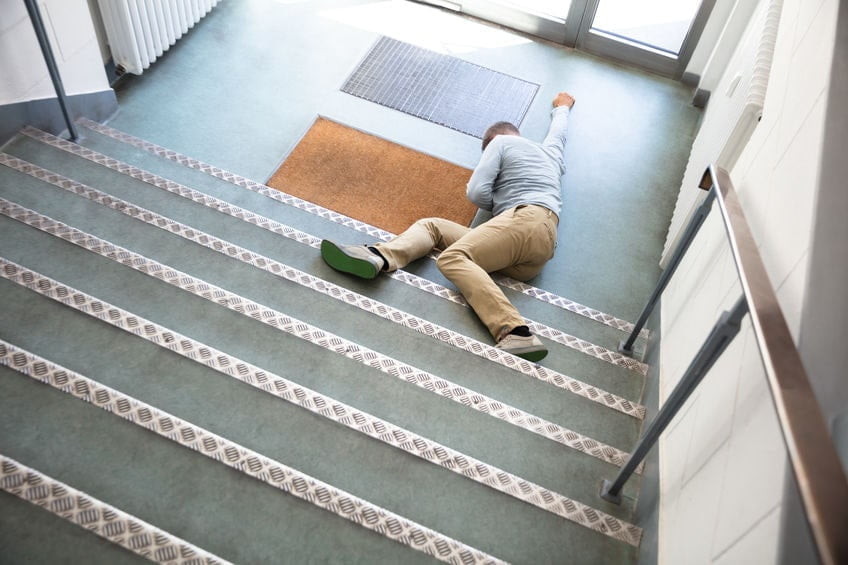Ok Alone is one of the highest-rated lone worker solutions and because of this we get lots of questions about and from lone workers. A lot of people also search on Google about lone working. People ask who lone workers are, what are the risks of lone working, how do they stay safe and much more – here are our answers.
1. What does working alone mean?
There are many similar definitions of a lone worker. One of the clearest definitions is when work is done in a location where the employee cannot physically see or be seen by another person or talk to or be heard by another person. This scenario of isolation means a person could go hours without interacting with other people.
2. Can an employee work alone?
Employees are legally allowed to work alone. There is nothing specific in general legislation that prohibits a person from working alone. However, employers need to assess situations on a case by case basis. Some situations such as pregnancy or existing disability/medical conditions may stop a person safely working alone or affect a person’s ability to complete tasks alone or in isolation.
3. How do you stay motivated when working alone?
One way to stay motivated is with Ok Alone’s Safety Awards. It is an engaging system that uses a lone worker system to compete with colleagues and companies across the world. The program recognises Ok Alone feature usage or when a worker completes a safe shift and rewards them with badges, points and rankings. This has been proven to boost worker morale and foster positive inter-team or individual competition.
4. Is working alone bad for mental health?
Lone workers often feel dislocated from their workplace, their peers, and the work culture in general. That is why it is so important to keep up regular communication. Managers should contact employees regularly not only when there is a problem. It is also a good idea for lone workers to stay in touch with their colleagues frequently, either by phone during a normal working day, or face to face at meetings and training courses. You could assign each lone worker an in-house communication contact to keep them up to date, and encourage managers to use mass communication, such as forums or group emails, whenever possible.
Working alone can be difficult, but there are ways was to make it easier. If working from home, it helps to set up a designated work station. Somewhere in your home specifically designated to do your work. It will also help to have a set routine for your day – a start time, set lunch time and finishing time.
5. Why is Lone Working dangerous?
Lone working is considered to be dangerous because you do not have colleagues to turn to if something goes wrong. This puts lone workers at a higher risk of being involved in an incident and not being able to get help.
Lone workers often travel for work. Either completely on their own (driving), or to the homes/offices/warehouses of other people as health visitors, delivery people, technicians etc. Lone workers may also do manual work in occupations (farming, forestry, construction), that are more dangerous. As they are carrying out their tasks in isolation there is a greater possibility they become injured. As these workers do not have work mates close at hand, there is no one to administer first aid or summon emergency services.
6. How do you keep a lone worker safe?
The best way to keep lone workers safe and protected is to use a lone worker solution.
The most convenient solutions use hardware, like smartphones, that lone workers already possess. Using a smartphone app allows workers to check in with their companies on a regular basis to show they are all right.
7. How do you stay safe when working alone?
This is best done through automated systems that use a countdown timer to remind workers to check in. If they fail to check in the system contacts their supervisors to let them know this person may be in trouble.
More Questions

As an expert in lone worker content management, I possess an extensive knowledge base and experience in the area of lone working and safety monitoring. My expertise in this field encompasses a wide range of areas, including risk assessment, training, communication, and technology. I have a deep understanding of the unique risks associated with lone workers and have researched and written many projects and articles to educate people in how to mitigate these risks.
Throughout my time with Ok Alone, I have kept up to date with technological developments, legislative changes and regulations that have been introduced to help organizations ensure the safety of their lone workers.

